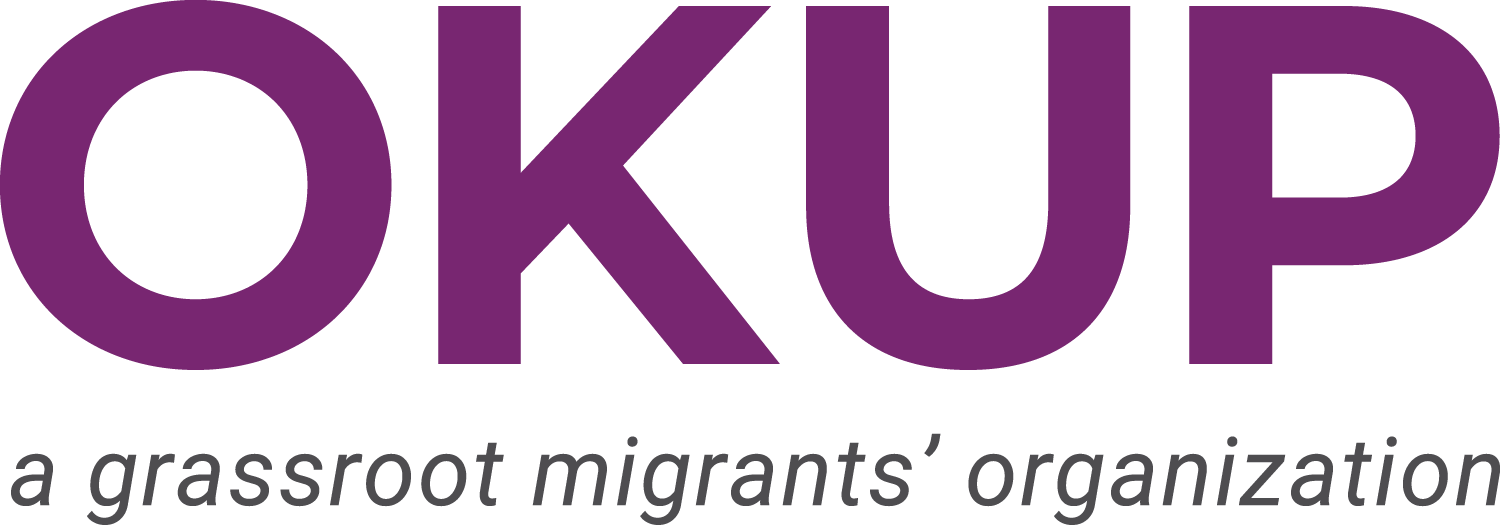Blood Bricks: Untold Stories of Modern Slavery And Climate Change From Cambodia
2019
- Author
- Brickell K, Parsons L, Natarajan N and Chann S (Royal Holloway, University of London)
- World region
- East Asia and Pacific
- Origin of migration
- Cambodia
- Area of transit
- No data available
- Destination of migration
- Cambodia
- Who is affected
- Agricultural communities
- Type of climatic event
-
Rapid-onset event, Slow-onset event
Droughts and floods. Cambodia is considered one of the countries most vulnerable to climate change, heightened by its lack of capacity to adapt and respond.
- Type of migration/mobility
-
Internal
When they can no longer make a living from farming, individuals are compelled to migrate to urban centres to work in garment manufacturing and construction, sectors with poor working conditions. Low pay prevents people from paying off their debts.
- Destination industry or sector
-
Brick kilns
- Type of modern slavery
-
Debt bondage
Family bonds are exploited for debt bondage and kiln owners prefer to 'employ' family groups over individual workers, to reduce the risk of them fleeing. Workers are forced to take on more debt during weather-related work stoppages, which are exacerbated by climate change, and when they fall ill, strengthening their ties to the brick kiln.
- Link between climate change, migration and modern slavery
- Indirect
- Key vulnerability factors
-
The effects of climate change reduce farm production and income, driving households into a cycle of growing debt that makes them vulnerable to debt bondage. A large number of factors put smallholder farmers at high risk debt bondage: lack of government support for farming, weak social protection systems, especially health services, land loss, an unregulated microfinance sector, corruption, weak enforcement of legislation, unethical business practices (including land grabbing and forced displacement). A gender analysis shows that female-headed households are 25% more likely than male-headed households to include brick kiln workers. Marginalisation also plays a key role in vulnerability to debt bondage.
- Summary
-
This source examines the relationship between climate change and debt bondage in Cambodia. It shows how climate change is a key driver of debt bondage at brick kilns. Climate change makes it increasingly difficult for rural communities to farm, putting pressure on them to take on unsustainable debt. They then resort to borrowing from and working for brick kiln owners, trapping them in debt bondage. The document highlights how debt bondage in brick kilns has ties to the construction industry (in supplying its raw materials) and the global fashion industry (given that garment offcuts are burned to power brick kilns).
- Recommendations
-
This report makes five overarching recommendations to the Cambodian government, corporations and multilateral institutions (UN, ILO and UNEP) to end modern slavery in Cambodia. They include enforcing labour and anti-trafficking legislation and adopting a holistic approach to climate change as a contributor to modern slavery.



